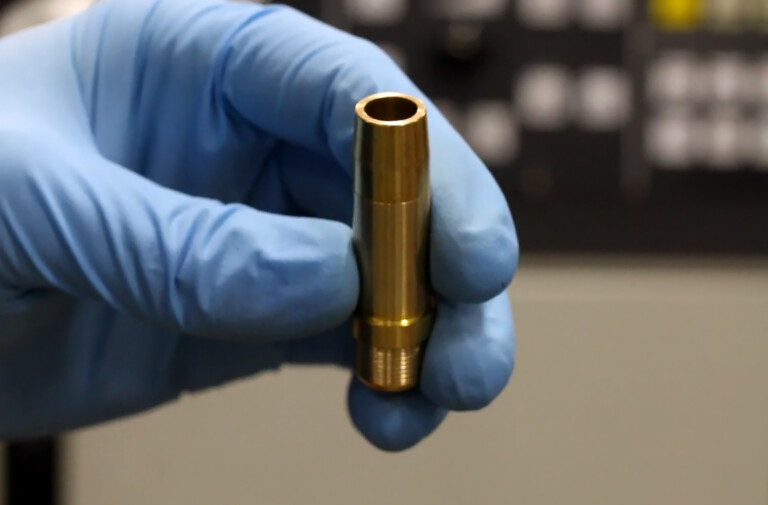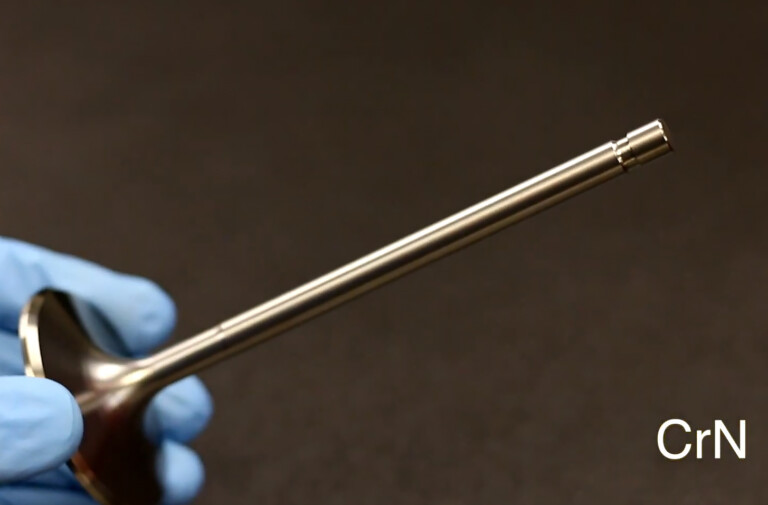When it comes to selecting the proper engine valves, there are two factors constantly being balanced — durability and weight. A lightweight valvetrain is generally a happy valvetrain. However, in order to shave weight, the only real option when it comes to valves is to use a lighter material. That means titanium. However, there exists a lot of confusion and misunderstanding around the lightweight supermaterial.
While it’s often thought that titanium is, as the name suggests, an impervious Titan of a material, the fact is, it has some specific vulnerabilities that have to be taken into account. In the proper application, titanium valves are a phenomenal choice. However, as Ferrea Racing Components’ Zeke Urrutia explains in this video, there are considerations that need to be taken into account, as “Ti” isn’t the be-all, end-all material for valves.
One of the first considerations in using a titanium valve, especially on the exhaust side, is how your engine makes power. While forced induction typically creates too much heat for titanium valves, Urrutia points out that in high-end race engines running on methanol or other alcohol-based fuels, where exhaust gas temperatures are significantly lower than their gasoline counterparts, a titanium valve on both the intake and exhaust can be taken advantage.
The number-one advantage titanium valves have over stainless-steel valves is mass. Ti valves weigh significantly less than an equally sized stainless valve.
That leads to another point. In applications where the exhaust temps are too high for a titanium exhaust valve, but valvetrain weight is still a concern, Urrutia will often recommend a stainless steel exhaust valve combined with a titanium intake valve. That will be able to take advantage of a reduction in valvetrain mass, while maintaining durability on the exhaust side.
One thing that the average enthusiast might not think about (but as you’re reading EngineLabs, you’re probably not just the average enthusiast), is the compatibility of titanium valves with different valve guide materials. While Ferrea coats its titanium valves in chromium nitride (CrN), Urrutia still recommends that some form of bronze guide be used in an application using titanium valves. “There are a lot of bronze valve guide materials out there, whether it’s Ampco 45 or a copper-bronze, both materials work really well,” Urrutia explains.
Another…
Click Here to Read the Full Original Article at DragzineDragzine…



